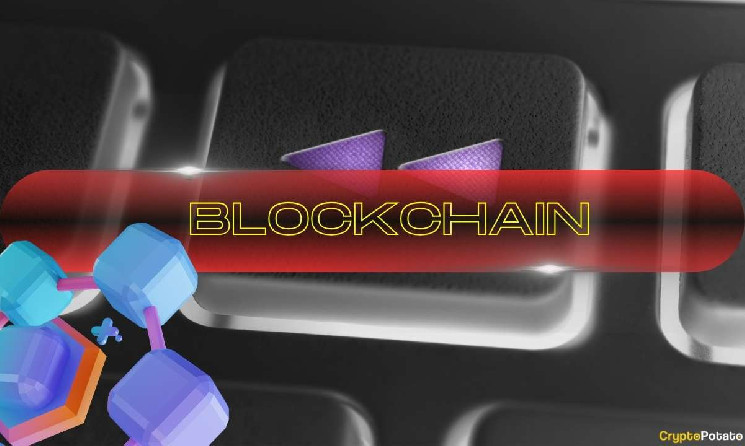Blockchain Should Go Back to Basics Before Leaping Forward (Opinion)

The crypto and blockchain industry begs for innovation to move forward. As new trends continuously arrive in the digital asset landscape, one hidden gem using a core mechanic of blockchain can become a key driver for linking crypto to the real world.
By Asif Kamal, Founder of Artfi
The crypto ecosystem is on the verge of its next big breakthrough, and blockchain holds the key to pushing the industry forward. Tokenization, a basic feature of blockchain, will play a major role in bridging traditional finance with DeFi while building an intersection between the crypto industry and a trillion-dollar market.
Let’s take a quick step back and put the evolution of the ecosystem in chronological order:
It feels like an eternity ago when the total market capitalization of cryptocurrencies was closing in on $3 trillion. The crypto ecosystem was focused on the price action of coins and tokens instead of building the next big thing, with double-digit gains occurring daily across the digital asset market.
Then arrived the infamous “crypto winter.” Triggered by the collapse of a major stablecoin -a special type of cryptocurrency that’s supposed to stay at $1 in value- the market downturn was only accelerated when FTX, the then-biggest U.S. crypto exchange, went down in flames.
At its lowest point, more than $2 trillion was erased from the crypto space. Interest coming from traditional finance vanished (along with the capital inflow), and newly-born trends – such as non-fungible tokens (NFTs) – have basically turned into an internet joke. It was at that point that the industry realized that it needed more than price action to thrive once again.
Decentralized finance craves innovation, development, and non-stop building, and this is especially true when price tickers are no longer in focus. Thankfully, the crypto ecosystem has a sound foundation. With its transparency, immutability, and traceability, blockchain provides the necessary infrastructure to build the next best thing. Its core functionality, the ability to prove digital ownership, has become vital in the search for innovation.
Important Realization
Another realization that occurred to DeFi during the long crypto winter was the fact that – one way or another – DeFi needs traditional finance to survive. A decentralized finance system completely disconnected from the rest of the world is a utopia. There’s no real value in trying to avoid governments and established laws to create a new market in uncharted territory. The sooner crypto and DeFi find their way to work alongside TradFi, the better.
The search for DeFi use cases that have their roots in traditional finance gave birth to a new trend named asset tokenization. It basically involves creating a digital twin of a traditional asset in a blockchain environment. Unlike standard digitization, though, tokenization of an asset enables true digital ownership —a verifiable privilege that can be transferred or fractionalized.
Soon, it became clear that most of the assets from traditional finance, including real estate, fine art, and even intellectual property, can be considered “real-world assets” (RWAs) that can be tokenized on blockchain.
Facilitated by the core principles of blockchain (tokenization), this new form of ownership has the potential to become the most active bridge between traditional finance and the crypto ecosystem. It already shows that the RWA category has the fastest growth across decentralized finance in 2023, with the total value locked across RWA-related DeFi platforms jumping by 1,000% in a year and surpassing $5 billion.
It’s a Win-Win
For traditional finance, asset tokenization dramatically lowers the barrier of entry for markets previously impossible for the general population to be a part of. Just like how anyone can own or trade a tiny fraction of one Bitcoin, they can now do the same with a fraction of a million-dollar building or an art object tokenized on blockchain.
For the crypto ecosystem, RWA tokenization can bring much-needed capital back to the market. As of November 2023, it’s safe to say that the crypto market has already started dusting itself off. With its capitalization moving toward $1.5 trillion, the crypto industry has doubled its value from the lowest point in less than a year. However, it’s also clear that the next $1.5 trillion won’t be achieved without innovation. Connecting the digital asset market to real-world assets via tokenization can become the catalyst we’re looking for.
Author bio
Asif Kamal is the founder of Artfi, an art technology company harnessing the power of NFTs and blockchain to allow collectors to own a stake in works of art.





